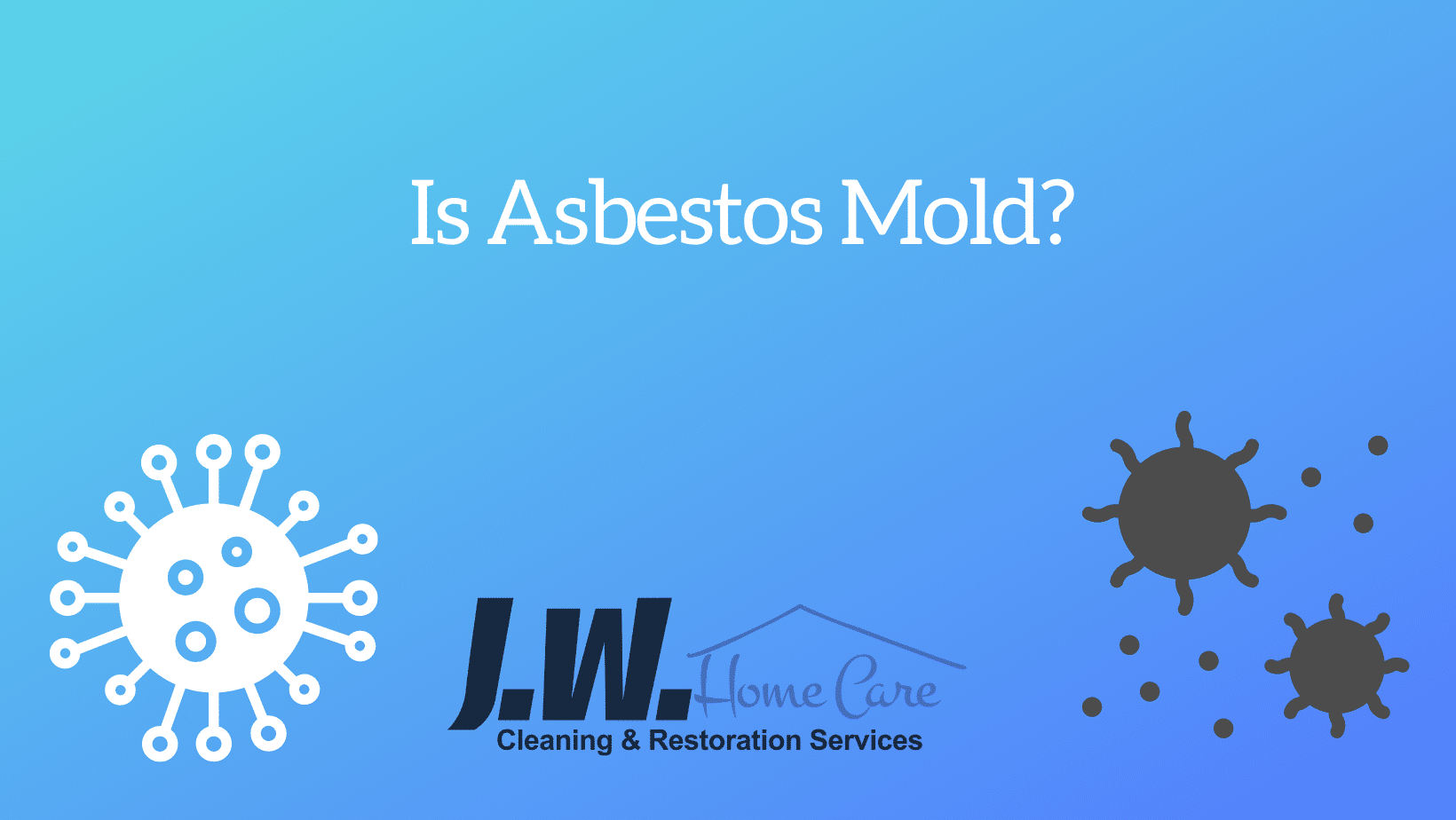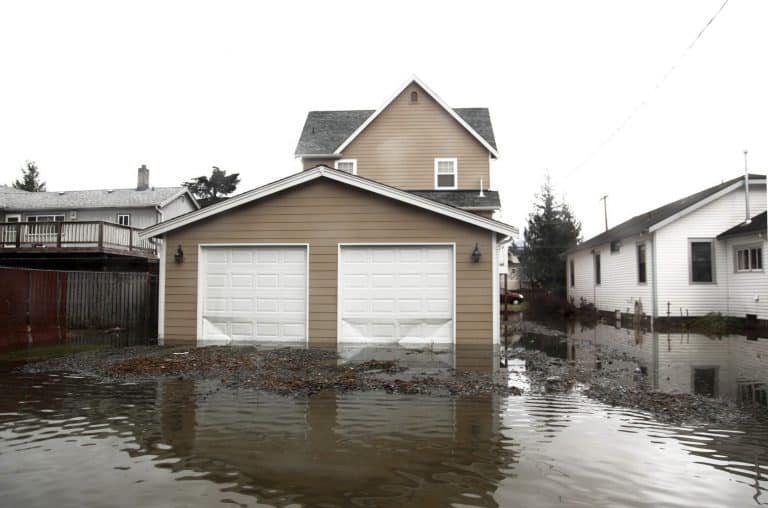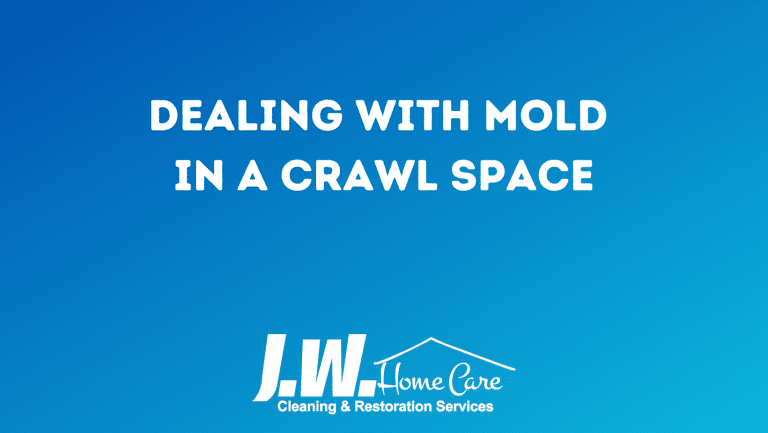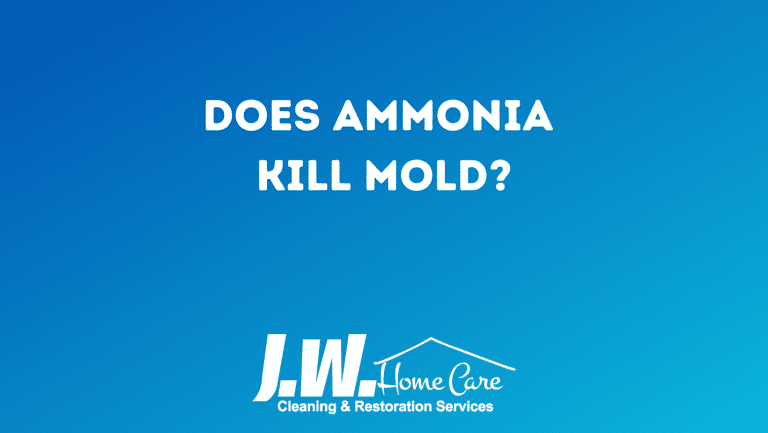Is Asbestos Mold?
Is Asbestos Mold? How do I know if it’s asbestos or mold? Mold can be found virtually anywhere. It is often invisible but tends to thrive in warm, damp places with lots of organic material. In fact, mold makes its own food by breaking down the cellulose and lignin that makeup plants and trees. There are toxic molds that can cause allergic reactions or respiratory problems for people who come into contact with them. As well as beneficial molds used to produce antibiotics and cheese. But mold isn’t always a problem viewed strictly from a health perspective. Mold growing on drywall or carpeting will ruin those materials even though mold itself doesn’t necessarily have much on human beings.
What is Mold?
Mold can be an indicator of the presence of water damage, but mold and asbestos are two separate things – not to mention that the mere existence of mold doesn’t necessarily mean that any asbestos in your home will become airborne or pose any risk to the lungs. When mold is mentioned, most people think of mold growing in wet areas. However, mold can grow virtually anywhere. Some mold causes allergic reactions to humans while other mold causes respiratory problems.
Mold needs three things to grow:
1) Food
2) Oxygen
3) Moisture or humidity.
When these three conditions are met, mold will continue to grow, until the conditions are no longer met.
It is important for people who are looking for mold remediation services to understand what type of mold they have in their homes. Some mold is toxic; other mold is not. Some mold is highly dangerous while another mold requires only a relatively small amount of mold removal work to prevent further growth. Not all molds are created equally. But it is very difficult for the average person to identify the type of mold they have in their home without professional assistance. The easiest way for most individuals who suspect that they might have a mold infestation in their home or commercial building would be to call a certified mold testing service. These testing companies normally charge between $200-$400 for professional analysis of the material found in your structure. These testing companies will send a professional laboratory to determine what type of mold you are dealing with.
What is Asbestos?
Asbestos is a specific kind of mineral that was commonly used in house construction from the 1950s until 1990 when it was banned. Although asbestos is not mold and mold is not asbestos. Mold growing on material such as drywall or insulation can indicate a water damage issue. The problem is once mold gets into or onto those materials, it begins to break down the composite structure of any product containing asbestos and soon enough, the mold itself becomes a health risk.
Asbestos is dangerous because it causes asbestosis, a respiratory disease that can be fatal. It’s also linked to cancer as well as other lung conditions such as pulmonary pleural thickening and plaques, pleural plaques, and diffuse pleural thickening. If mold is present in any house with the presence of asbestos, it must be removed quickly and safely by a professional.
In Closing,
Mold and asbestos are not the same. In fact, mold can grow on asbestos-containing materials if the mold has a food source. In addition, mold contributes to inhaling asbestos fibers, which can cause serious illness. Do not try to remove mold from asbestos-containing materials on your own. Instead, contact a remediation professional to complete the removal process in a safe and efficient manner.






